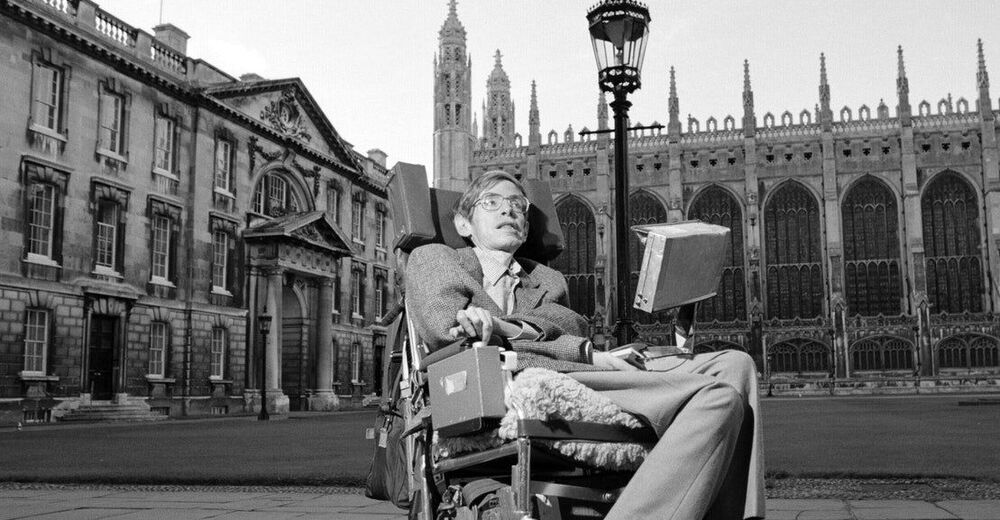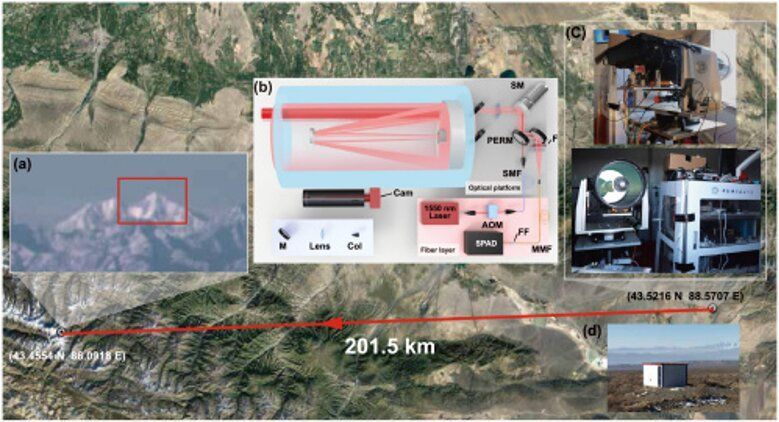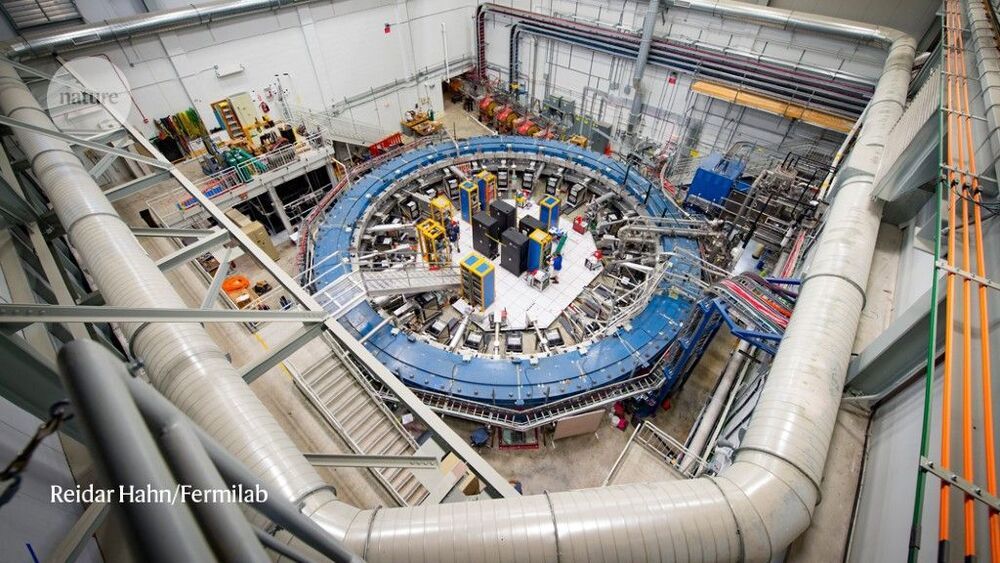For some of us—isolates, happy in the dark—code is therapy, an escape and a path to hope in a troubled world.




A research team led by Professor Pan Jianwei and Professor Xu Feihu from University of Science and Technology of China achieved single-photon 3D imaging over 200 km using high-efficiency optical devices and a new noise-suppression technique, which was commented on by the reviewer as an almost “heroic” attempt at single photon lidar imaging at very long distances.
Lidar imaging technology has enabled high precision 3D imaging of target scenes in recent years. Single photon imaging lidar is an ideal technology for remote optical imaging with single-photon level sensitivity and picosecond resolution, yet its imaging range is strictly limited by the quadratically decreasing count of photons that echo back.
Researchers first optimized transceiver optics. The lidar system setup adopted a coaxial scanning design for the transmit and receive optical paths, which can align the transmitting and receiving spots more precisely and achieve higher-resolution imaging in comparison with traditional methods.
After years of trying, 60 Minutes cameras finally get a peek inside the workshop at Boston Dynamics, where robots move in ways once only thought possible in movies. Anderson Cooper reports.
“60 Minutes” is the most successful television broadcast in history. Offering hard-hitting investigative reports, interviews, feature segments and profiles of people in the news, the broadcast began in 1968 and is still a hit, over 50 seasons later, regularly making Nielsen’s Top 10.
Watch full episodes: http://cbsn.ws/1Qkjo1F
Get more “60 Minutes” from “60 Minutes: Overtime”: http://cbsn.ws/1KG3sdr.
Follow “60 Minutes” on Instagram: http://bit.ly/23Xv8Ry.
Like “60 Minutes” on Facebook: http://on.fb.me/1Xb1Dao.
Follow “60 Minutes” on Twitter: http://bit.ly/1KxUsqX
Download the CBS News app: http://cbsn.ws/1Xb1WC8
Try Paramount+ free: https://bit.ly/2OiW1kZ
For video licensing inquiries, contact: [email protected]
This Video Explains Cellular Compartmentation And Protein Sorting (Protein Transport in Endoplasmic reticulum)
Thank You For Watching.
Please Like And Subscribe to Our Channel: https://www.youtube.com/EasyPeasyLearning.
Like Our Facebook Page: https://www.facebook.com/learningeasypeasy/
Join Our Facebook Group: https://www.facebook.com/groups/460057834950033
Support Our Channel: https://www.patreon.com/supereasypeasy




After a two-decade wait that included a long struggle for funding and a move halfway across a continent, a rebooted experiment on the muon — a particle similar to the electron but heavier and unstable — is about to unveil its results. Physicists have high hopes that its latest measurement of the muon’s magnetism, scheduled to be released on 7 April, will uphold earlier findings that could lead to the discovery of new particles.
The Muon g – 2 experiment, now based at the Fermi National Accelerator Laboratory (Fermilab) in Batavia, Illinois, first ran between 1997 and 2001 at Brookhaven National Laboratory on Long Island, New York. The original results, announced in 2001 and then finalized in 20061, found that the muon’s magnetic moment — a measure of the magnetic field it generates — is slightly larger than theory predicted. This caused a sensation, and spurred controversy, among physicists. If those results are ultimately confirmed — in next week’s announcement, or by future experiments — they could reveal the existence of new elementary particles and upend fundamental physics. “Everybody’s antsy,” says Aida El-Khadra, a theoretical physicist at the University of Illinois at Urbana-Champaign.

“Because contrast suppression is orientation-specific and relies on cortical processing, our results suggest that people experiencing a major depressive episode have normal retinal processing but altered cortical contrast normalization,” write the researchers in their paper.
We know that depression is linked to variations in the way our brains are wired, but new research suggests that people who are going through a depressive episode actually see the world around them differently.
And the team behind the study hopes that a better understanding of how visual information is processed in the brains of people with depression could help to inform our treatment approaches in the future.
The researchers wanted to analyze how the cerebral cortex – responsible for receiving messages from the five senses – handled an optical illusion, testing it out with 111 people who were experiencing major depressive episodes and 29 people who weren’t.